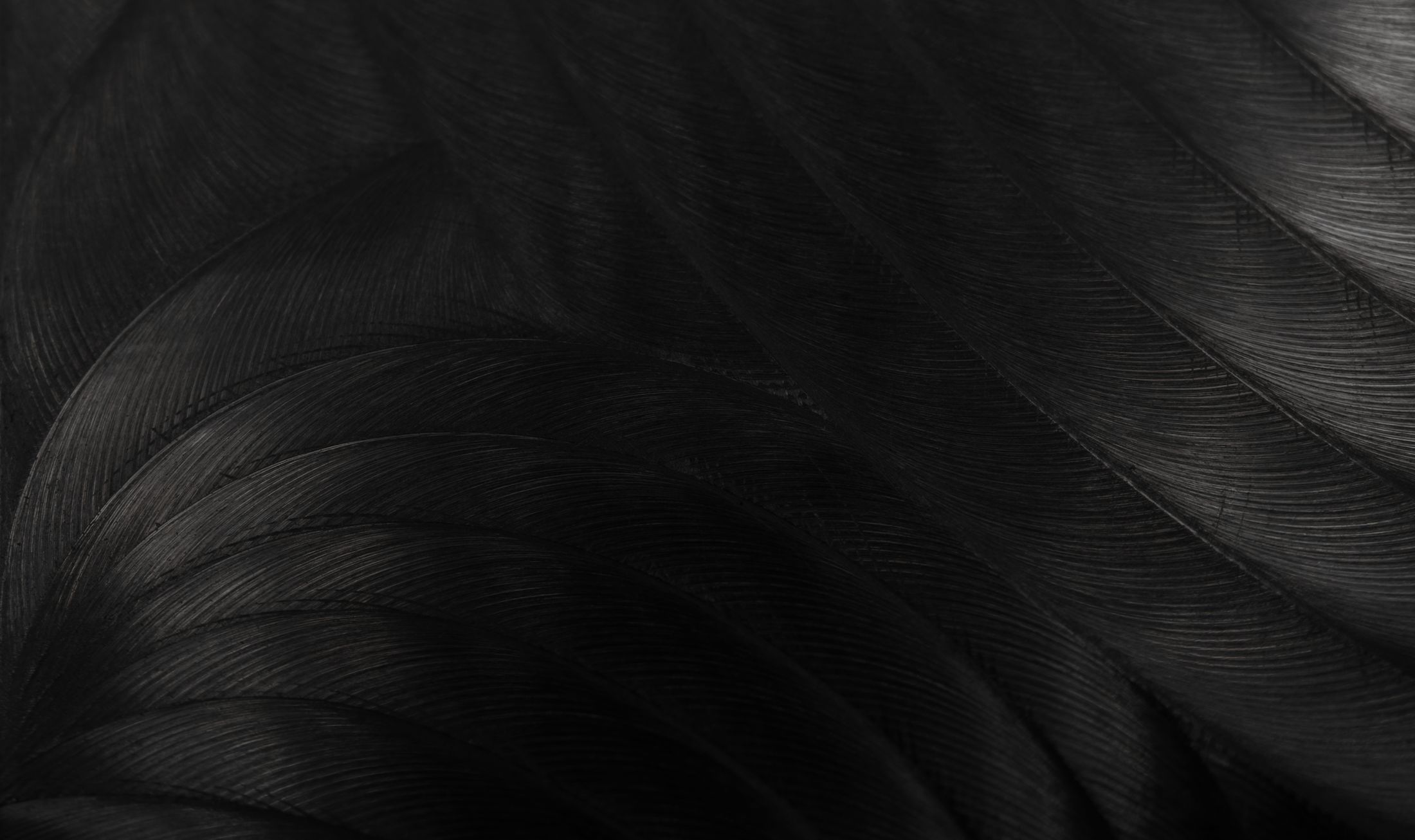



If you are bothered by the puffiness in your upper eyelids or bags under your eyes, you can have correction through eyelid lift or eyelid surgery clinically known as blepharoplasty. This surgery can also improve the look of the areas surrounding the eyes to give you a youthful appearance. Blepharoplasty can be done on either the upper or lower eyelids or both eyelids in one procedure. Blepharoplasty is recommended for healthy individuals who don’t smoke and with realistic expectations. Your surgeon will evaluate if you qualify for the surgery during your consultation. Visit Body by Bloch if you live in the Chicago metro area or its surroundings for your eyelid lift consultation and treatment. The facility is accredited and is owned by a board-certified plastic surgeon, Dr. Bloch.
How is blepharoplasty done?
Sagging of the upper eyelids can be a sign of forehead skin sagginess or eyebrow relaxation. Puffy eyelids may also be inherited from your family. Dr. Bloch examines the cause of your condition before recommending the right course of treatment. Blepharoplasty is performed after local anesthesia, and intravenous sedation have been administered. Upper eyelid puffiness that is caused by excess fat and skin is treated by fat removal and removal of the excess skin tissue. To do this, your surgeon makes an incision in the natural crease of your eyelid to remove the fat. For the lower eyelids, an incision is made inside the lower eyelid to remove unwanted fat and tighten sagging skin and muscles. After correction, incisions are closed with fine stitches. Your eyes will then be covered with loose gauze, and you will be provided with antibiotics to control infection, pain medication and lubricating ointment to use on your eyes. You need help from someone to get home after the surgery as your vision may be blurred in the initial days of recovery.
How is recovery from eyelid lift surgery like?
You may have pain bruising, swelling, irritation or dry eyes after surgery and in the initial days of recovery. Prescribed medication, cold compresses and ointment will help relieve these symptoms. You will be advised to avoid abrasion, excessive motion or activity in the course of healing. Staying away from direct sunlight is also recommended. In your initial follow-up visit, your surgeon will remove your stitches and evaluate your recovery. Maintaining a relationship with your surgeon will ensure that you are recovering well. You will notice your full results after several weeks. Optimal results are not a guarantee; revisional surgery may, therefore, be needed in case of the unsatisfying outcome. Incision lines will disappear completely after about a year.